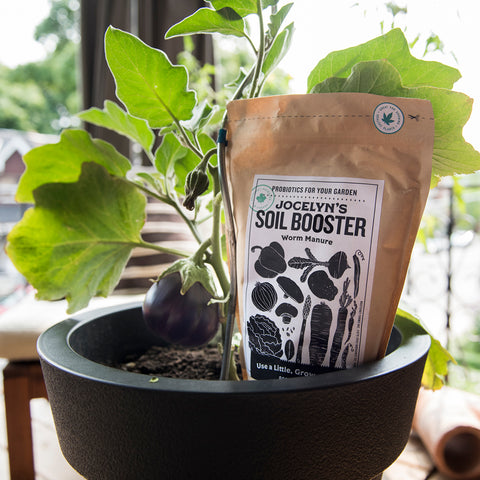How to Choose the Right Lighting for Your Houseplant
Houseplants have the ability to transform a living space, bringing in natural beauty and improving indoor air quality. However, just like humans, plants have their own specific needs, and one of the most crucial factors for their health and growth is lighting.
Here are 5 steps/tips to help you understand how to provide the right amount and type of light to ensure your green companions thrive all year long!
1. Understanding Plant Light Needs
Plants have evolved to thrive under various light conditions, ranging from bright sunlight to deep shade. Understanding the different types of light and how they impact plant growth is essential:
Full Sun: Plants that require full sun should receive at least 6 hours of direct sunlight daily. These are typically plants native to sunny, open environments.
Partial Sun/Partial Shade: These plants thrive with 4-6 hours of direct sunlight, but they also tolerate some shade during the day.
Indirect Light: Plants that prefer indirect light should be shielded from direct sunlight, receiving bright, ambient light. This category includes many popular houseplants.
Low Light: These plants can survive in conditions with minimal natural light, making them ideal for spaces further away from windows or with limited light exposure.
2. Evaluating Your Indoor Environment
Assessing your home's lighting conditions is an important step in determining the right plants for your space:
Observe Light Intensity: Note which areas receive direct sunlight, indirect light, or are relatively dim throughout the day.
Consider Direction: Different sides of your home receive varying levels of sunlight. South-facing windows typically get the most light, followed by west, east, and north-facing windows.
Observe Seasonal Changes: Sunlight patterns can change with seasons. Be aware of how the sunlight shifts in different areas over the course of a year.
3. Matching Plants to Light Conditions
Select plants that match your home's lighting conditions to ensure their success:
High Light Plants: Examples include succulents, cacti, and most flowering plants. These thrive in direct sunlight and need to be placed near south or west-facing windows.
Medium Light Plants: Many popular houseplants like pothos, snake plants, and peace lilies fall into this category. They do well in bright, indirect light and can be placed a bit further from windows.
Low Light Plants: Ideal for spaces with minimal light, plants like ZZ plants, ferns, and some philodendrons can tolerate dimmer conditions.
4. Supplementing Natural Light
If your home doesn't offer sufficient natural light, you can supplement it with artificial lighting:
Types of Grow Lights: LED grow lights are energy-efficient and come in various spectrums to cater to different plant needs. Blue light promotes vegetative growth, while red light supports flowering and fruiting.
Light Duration: Most houseplants require about 12-16 hours of light per day. Use timers to mimic natural day-night cycles.
5. Maintaining Light Balance:
Proper light balance is essential for preventing problems like leggy growth or burnt leaves:
Rotate Plants: Regularly turn your plants to ensure all sides receive equal light exposure.
Monitor Plant Response: Watch for signs of stress. If leaves are pale or yellowing, the plant might be receiving too much light, while elongated growth might indicate insufficient light.
Understanding and meeting the lighting requirements of your houseplants is a fundamental aspect of successful indoor gardening. Remember that feeding Jocelyn's Soil Booster Worm Manure to your plants will provide them with a much needed nutrient boost regardless of lighting needs. By observing your home's natural light patterns, selecting the right plants for your space, and providing supplemental lighting when necessary, you'll create an environment where your plants can thrive and bring natural beauty to your indoor spaces.

